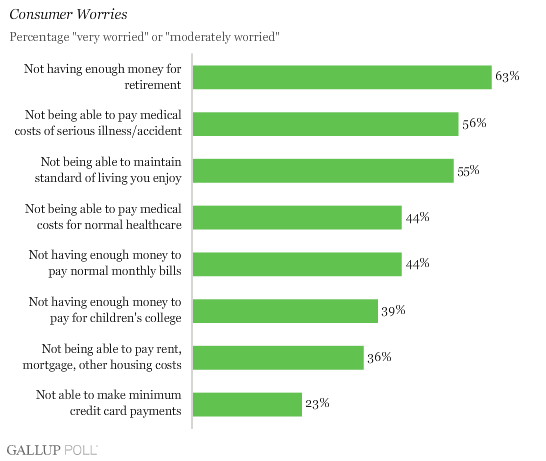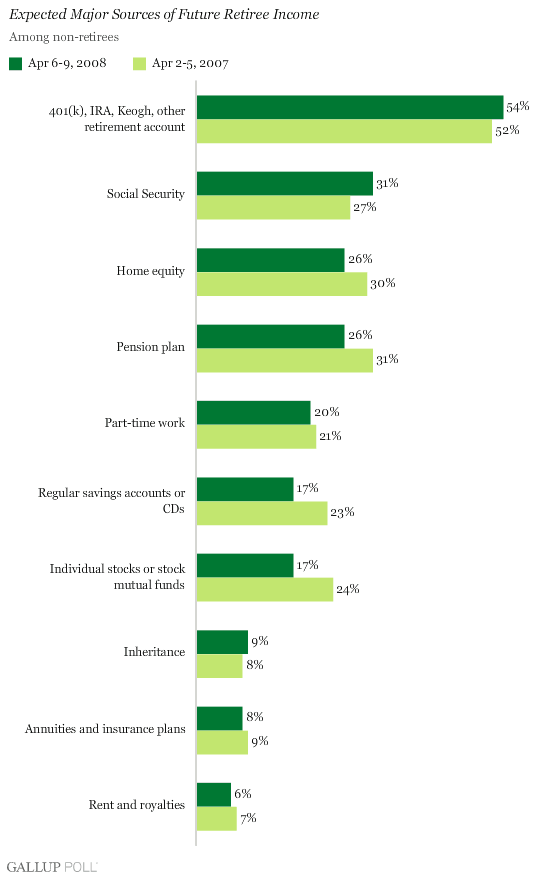
When I’m not writing posts here, I’m hanging around the Share Your Number Community Site, talking to the other members.We launched this site in 2008, and in 2009 we are planning a major expansion so please join now … it’s FREE and easy!
Remember, helping others get to their Number is the best way to get to yours …
________________________
I have been itching to write this post for some time now, and yesterday’s post about investing in income-producing real-estate v speculating in (hopefully) appreciating RE should have provided the necessary comments/questions …
… but, it didn’t 🙁
However, Steve chose this particular day to finally complete his comment on a post that goes back 6 months … a comment that is right ‘on topic’ for me … and, is a question that all of us should be asking … so, thanks Steve!
Here’s what Steve had to say:
I don’t purport that he is write [sic] in his article but would really love to hear your views on [this] story…
http://seekingalpha.com/article/84850-investing-in-dividend-paying-companies?source=d_email
what i liked about it is the dividend paying stock situation. certainly i wouldn’t consider as an only avenue to wealth, but do you feel dividend paying stocks are a better choice than non dividend paying stocks?
The article promotes a method of investing that the author claims returns “a little over 8.68% annually … while not earth shattering by any means, compare[s] very favorably with the market’s performance over the same period. From July 1988 to now, the S&P 500 has advanced … around 7.86% annually.”
The ‘now’ is actually July 2008, so only reflects some of the recent stock market losses, but the principle is clear, at least according to the author: invest in dividend-paying stocks …
… and, this is certainly ONE (of many) Making Money 301 tactics that I recommend when you have made your Number and are trying to preserve your wealth. However, it is just that – a tactic – and, certainly not the best one there is.
Given this, and my strong recommendation that you invest in RE for income, you might be a little surprised to hear me say:
As a Making Money 101 or 201 strategy, seeking out dividend-paying stocks is almost irrelevent!
Why?
Well, let’s take a look:
Stocks return in TWO main ways, just like real-estate:
1. Capital Appreciation
2. Dividends
Capital Appreciation
Just like real-estate, the price of a stock tends to go up according to the profits of the company. When I say “just like real-estate”, I mean just like commercial real-estate … residential real-estate has other, less tangible drivers of future value. So commercial real-estate tends to rise in value as rents rise, and stocks tend to rise in value as the company’s profits rise.
Naturally, inflation is a key driver (forcing rents/profits up, hence the price of the real-estate/stock) but there are plenty of other ‘micro’ and ‘macro’ factors as well e.g. for real-estate it could be job growth, for companies it could be competitive pressures, etc.
This is what I would call the Investment Factor that tends to drive up the value of such investments, and you can generally be confident that prices will increase according to this factor – over the long-haul.
An equally important factor is ‘market demand’ for that type of investment, which is reflected in ‘capitalization rates’ for real-estate and ‘Price-Earning (PE) Ratios’ for stocks … this is essentially a measure of how long somebody who buys that investment is willing to wait to get their money back via future rents/profits.
This is what I would call the Speculation Factor that tends to drive up or down the value of such investments, and you can never be sure which way this will drive prices – over the short-haul.
Unfortunately, as recent market events in both real-estate and then stocks have very clearly shown – the Speculation Factor has a much greater effect on pricing than the Investment Factor … unless your time horizon is very long, indeed.
This is why it is much better to look for the underlying investment returns, unfortunately often mistakenly confused with …
Dividends
Because Real-estate produces rents – and, hopefully positive cashflow after mortgage and holding costs are taken into account (which, should be your main criteria for investing ), people often confuse dividends paid on stocks with returns on real-estate investments.
This is not the case:
Whereas real-estate returns are simply the rents that you receive less the costs (e.g. mortgage, repairs and maintenance, etc.), stock dividends do NOT directly reflect the profits of the underlying business.
Commercial real-estate usually provides an investment return set by a ‘free market’ (for things like competitive rents, competitive interest rates, etc.) …
… but, the dividends on most stocks are simply set by a board of directors according to whatever criteria makes sense to them at the time.
People who invest in dividend-paying stocks are confusing dividends with company profits … but they are NOT directly aligned: a company may make super profits and not pay a dividend at all (for example, Warren Buffett’s own Berkshire Hathaway has NEVER paid a dividend).
A company that makes NO profit may still choose to pay a dividend (perhaps from cash or even borrowings) … just to keep their shareholders happy (for example, in 2004 Regal Cinemas paid a $5 per share dividend; “to make the $718 million payout, Regal first had to borrow from its banks”).
Is it a sound financial strategy TO invest in Regal Cinemas because they DO pay a dividend, or NOT TO invest in Berkshire Hathaway because they DON’T?
I’d love to hear your views …
___________________
You can also find us at the latest Money Hacks Carnival, hosted this week by Money Beagle …







